
The ’90s were a decade packed with iconic trends and experiences, from slap bracelets to trampolines to playing outside until the streetlights came on. However, as we learn more about safety and potential dangers, it’s clear that some of these beloved ’90s staples may not have been as harmless as we once thought. From toys to activities to fashion choices, here are 15 popular ’90s things that are now considered safety risks.
Rollerblades
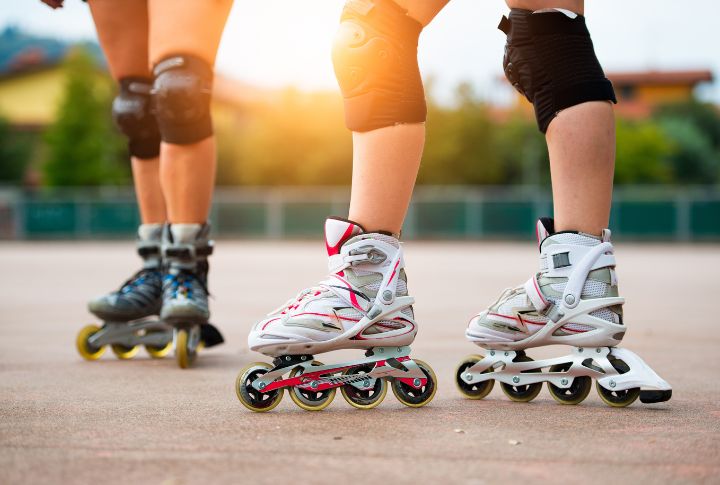
Once a staple of ’90s street culture, rollerblades lacked adequate safety features, leading to numerous injuries. Without proper protective gear and training, skaters risked falls and collisions that promoted safety concerns and regulations.
Trampoline Parks

While trampolines gained popularity in the ’90s, today’s trampoline parks pose increased risks due to overcrowding and lack of supervision. With proper safety measures, patrons can avoid collisions and falls.
Baby Walkers
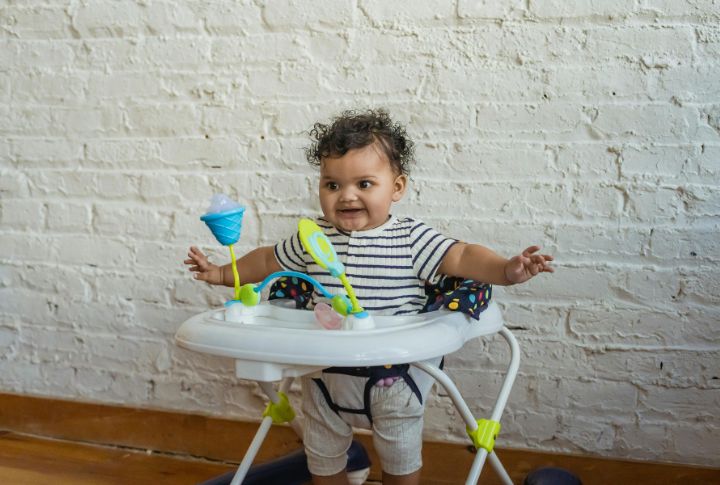
Baby walkers are now recognized as hazardous due to the risk of injuries. These devices can lead to accidents on stairs or uneven surfaces, prompting safety recalls and warnings. Additionally, baby walkers cause spinal issues and abnormal posture.
Bunk Beds

Although bunk beds were popular in ’90s children’s rooms, they now raise safety concerns like entrapment. Improper assembly or lack of guardrails can result in accidents or the top bed falling on the lower bed.
Lawn Darts

A ’90s backyard favorite, lawn darts are now recognized as a serious safety concern because of their sharp metal tips. Accidental throws or improper use can cause severe injuries.
High-Powered Water Guns
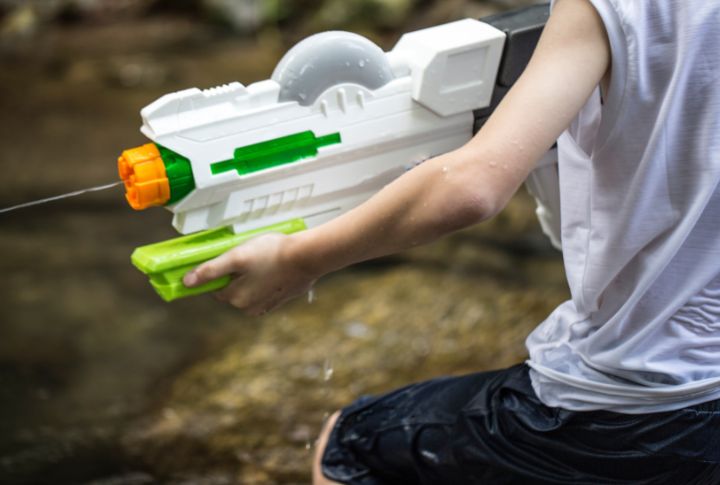
Once a summertime staple, high-powered water guns from the ’90s raised safety concerns because of their potential for eye injuries and accidental water ingestion. Manufacturers now emphasize safer designs and age-appropriate warnings.
Slip ‘N Slides
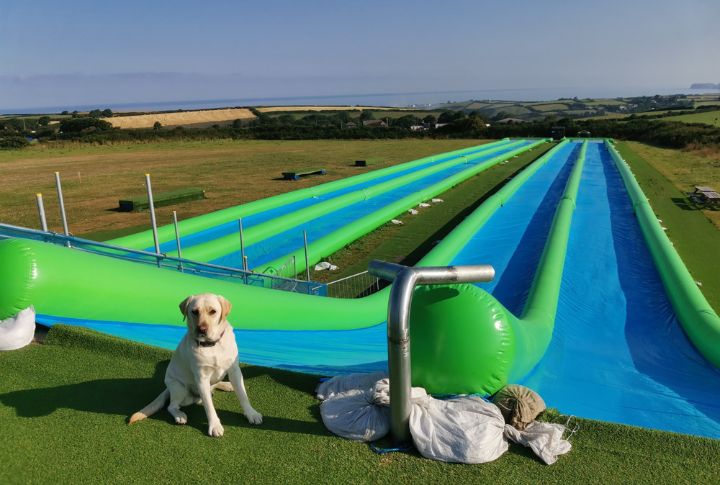
While Slip’ N Slides provided endless summer fun in the ’90s, they now pose risks of neck and spinal injuries. Improper use or collision with hard surfaces can lead to severe accidents like spinal injuries and skin grazes.
Pegged Jeans

Pegged jeans, a fashion trend of the ’90s, raised safety concerns because of their tight fit around the ankles. Restrictive clothing can impede movement and circulation, increasing the risk of falls and injuries.
Metal Playgrounds
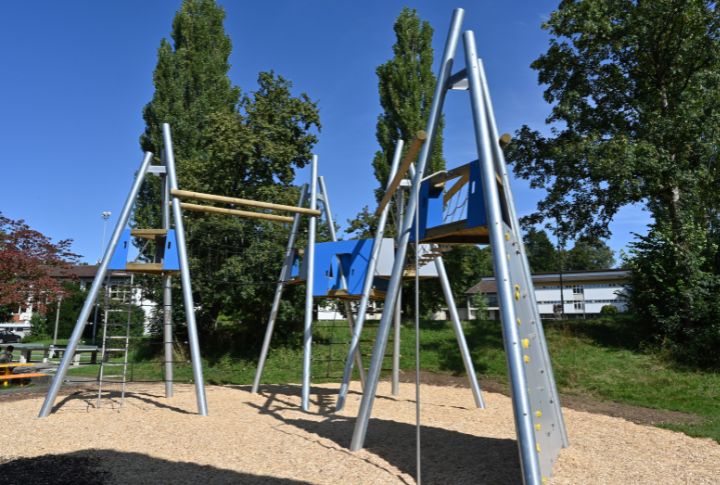
Metal playground equipment, common in ’90s parks, is now a safety hazard. If it’s not painted, the metal can cause burns and injuries. Modern playgrounds feature safer materials and designs to reduce the risk of accidents.
Jumper Cables
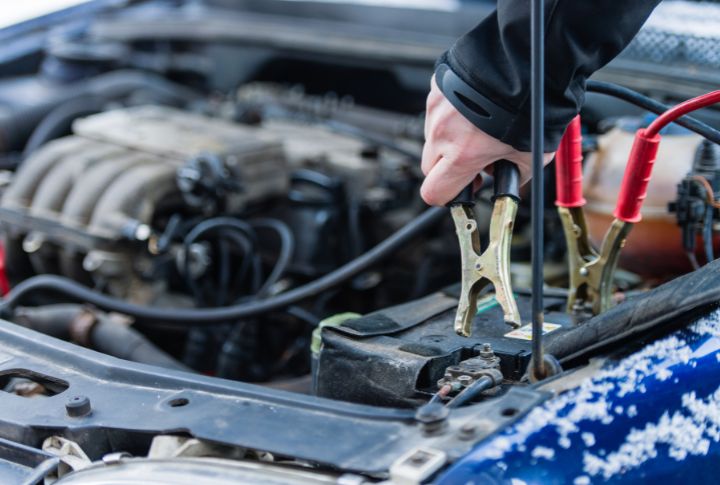
In the heyday of ’90s road trips, jumper cables were a must-have in every car kit, but they harbored hidden dangers. One wrong move, like a hasty connection or a stray touch on metal, could spark an electrical shock or ignite a blaze.
Smoking in The Car with Kids
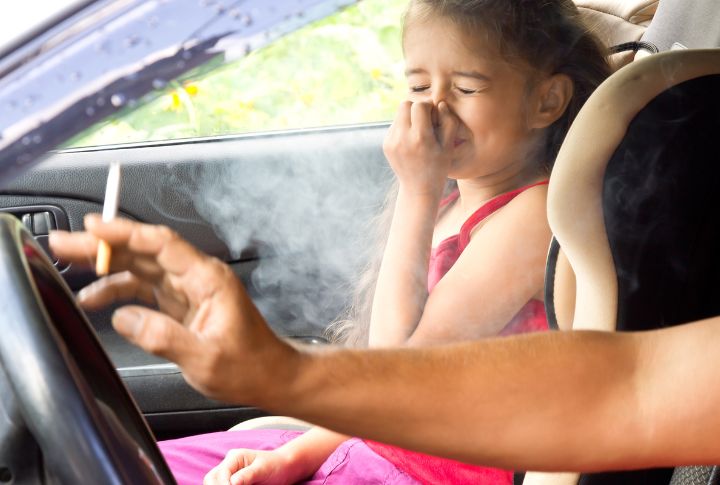
In the ’90s, smoking in cars with kids was commonplace as there was limited awareness of the dangers of secondhand smoke and lax regulations. However, research since then has revealed the severe health implications posed to children by exposure to secondhand smoke in enclosed spaces.
Fruit Juice

Fruit juice was often considered a healthy beverage choice because of its natural origins and perceived nutritional value. But research uncovered the high sugar content and lack of fiber in many fruit juices contribute to obesity and dental issues among children.
Beanie Babies
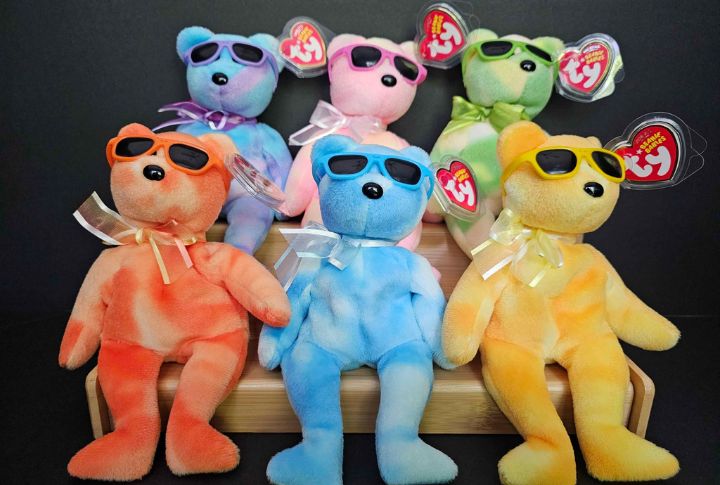
While Beanie Babies were a craze in the ’90s, they posed safety risks due to their small parts and choking hazards. Young children were at risk of swallowing or inhaling tiny beads or accessories, prompting safety recalls and warnings.
Riding Without a Safety Helmet

Kids riding without a safety helmet was commonly accepted because of cultural norms and limited awareness of head injury risks. Over time, the understanding of the brain’s vulnerability to trauma and numerous studies highlighting the effectiveness of helmets in preventing serious injuries led to the widespread adoption of helmet-wearing practices.
Car Surfing

Car surfing, a reckless ’90s trend, involves riding on the exterior of a moving vehicle, often atop the hood or roof. Its popularity stemmed from a desire for thrill-seeking and rebellious behavior. However, it’s now recognized as highly perilous as it can cause catastrophic injuries.

Comments
Loading…